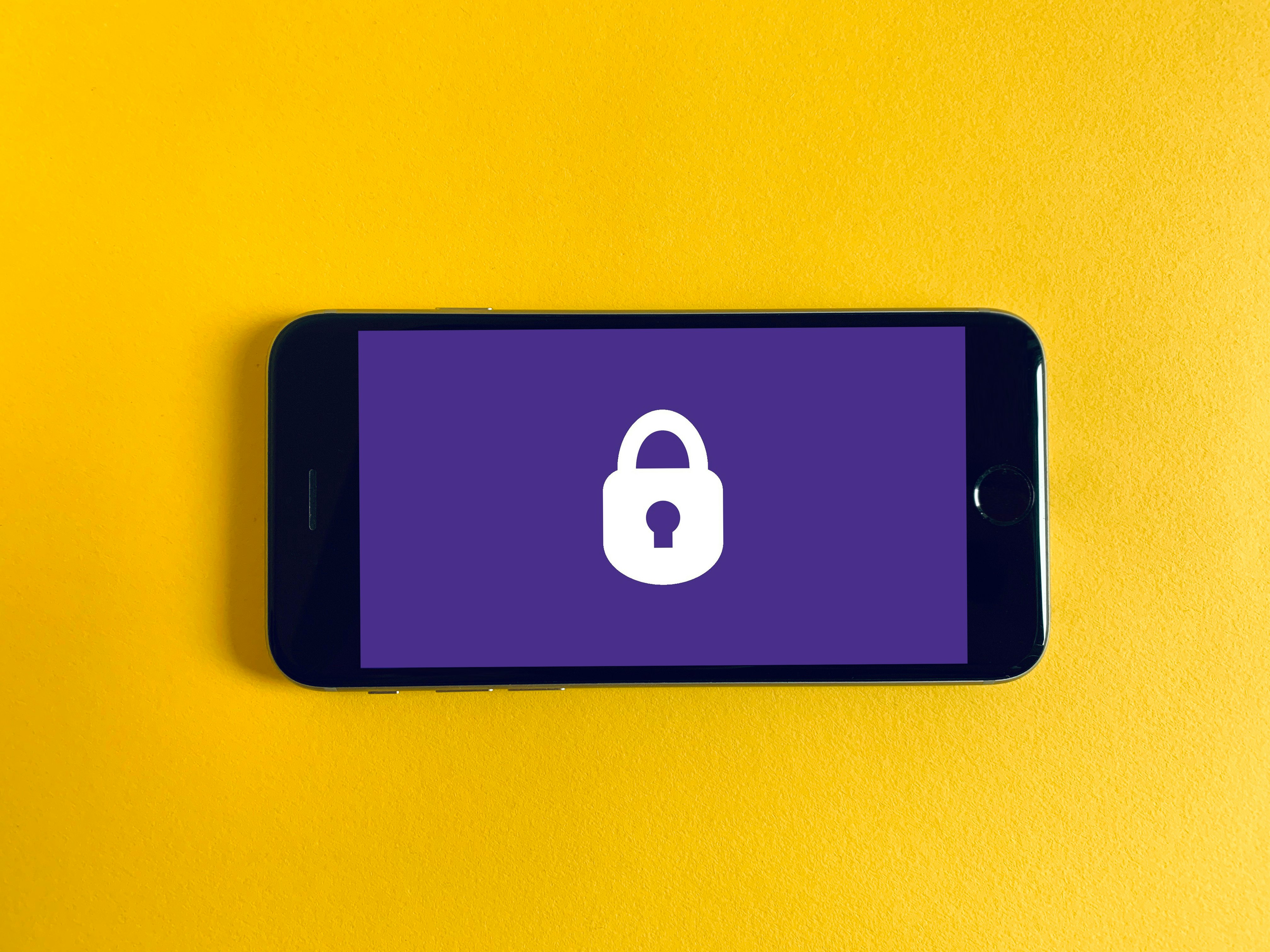- Choose the right cloud service provider
Among the first steps in ensuring cloud security is looking for a reputable and trustworthy cloud service provider. Look for providers that have a track record of providing secure and reliable services and that are compliant with industry standards such as SOC 2 and PCI DSS. It is also a good idea to review the provider's security policies and procedures to ensure they align with your organization's security needs.
- Secure access to the cloud
Once you have selected a cloud service provider, it is important to ensure that access to the cloud is secure. This includes implementing strong authentication methods such as multi-factor authentication and regularly updating passwords. It is also a good idea to use secure protocols such as SSL/TLS for data transmission and to enable encryption for data at rest.
- Manage user access privileges
Effective access management is key to ensuring the security of your cloud environment. It is important to carefully control who has access to your cloud resources and to assign access privileges on a least privilege basis. This means giving users only the access they need to perform their job duties rather than granting them blanket access to all resources. It's also a good idea to regularly review access privileges to ensure they are still appropriate.
- Monitor privileged users
In addition to managing access privileges, it is important to monitor the activity of privileged users, such as administrators, to ensure that they are not misusing their access. This can include implementing tools to monitor and log user activity, as well as conducting regular audits to identify any potential issues.
- Encrypt your data
Encrypting data is an important security measure to protect against unauthorized access to sensitive information. It is a good idea to encrypt both data in transit and data at rest in your cloud environment. This can include implementing encryption for data stored in the cloud as well as for data transmitted between the cloud and other systems.
- Protect user endpoints
User endpoints, such as laptops and smartphones, can be vulnerable to attacks, so it is important to implement measures to protect them. This can include installing antivirus software and keeping it up to date, implementing strong passwords and enabling two-factor authentication. It is also a good idea to educate employees about best practices for protecting their devices and having a process for responding to security incidents.
- Educate your employees
Your employees are a key line of defence against security threats, so it is important to educate them about best practices for protecting your organization's data. This can include training on topics such as strong passwords, phishing attacks, and secure browsing habits. It is also a good idea to establish policies and procedures for employees to follow in the event of a security incident.
- Maintain logs and monitor
Maintaining logs and monitoring your cloud environment can help you identify and respond to potential security issues in a timely manner. This can include implementing tools to monitor suspicious activity and regularly reviewing logs to identify any potential issues.
In a nutshell, cloud security is an important consideration for any organization that is moving operations to the cloud. By following best practices such as choosing a reputable cloud service provider, securing access, managing user access privileges, monitoring privileged users, encrypting data, protecting user endpoints, educating employees, and maintaining logs as well as performing regular monitoring, you will get the best off the cloud and improve operations.




































